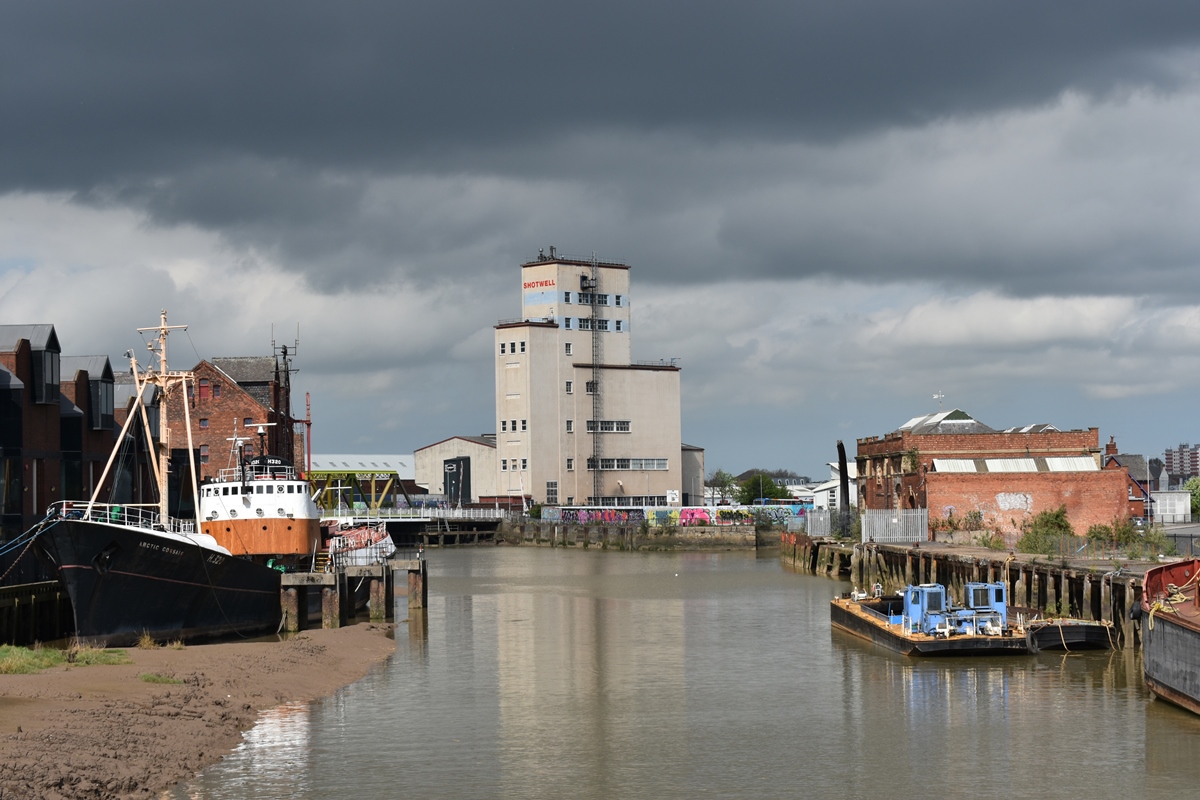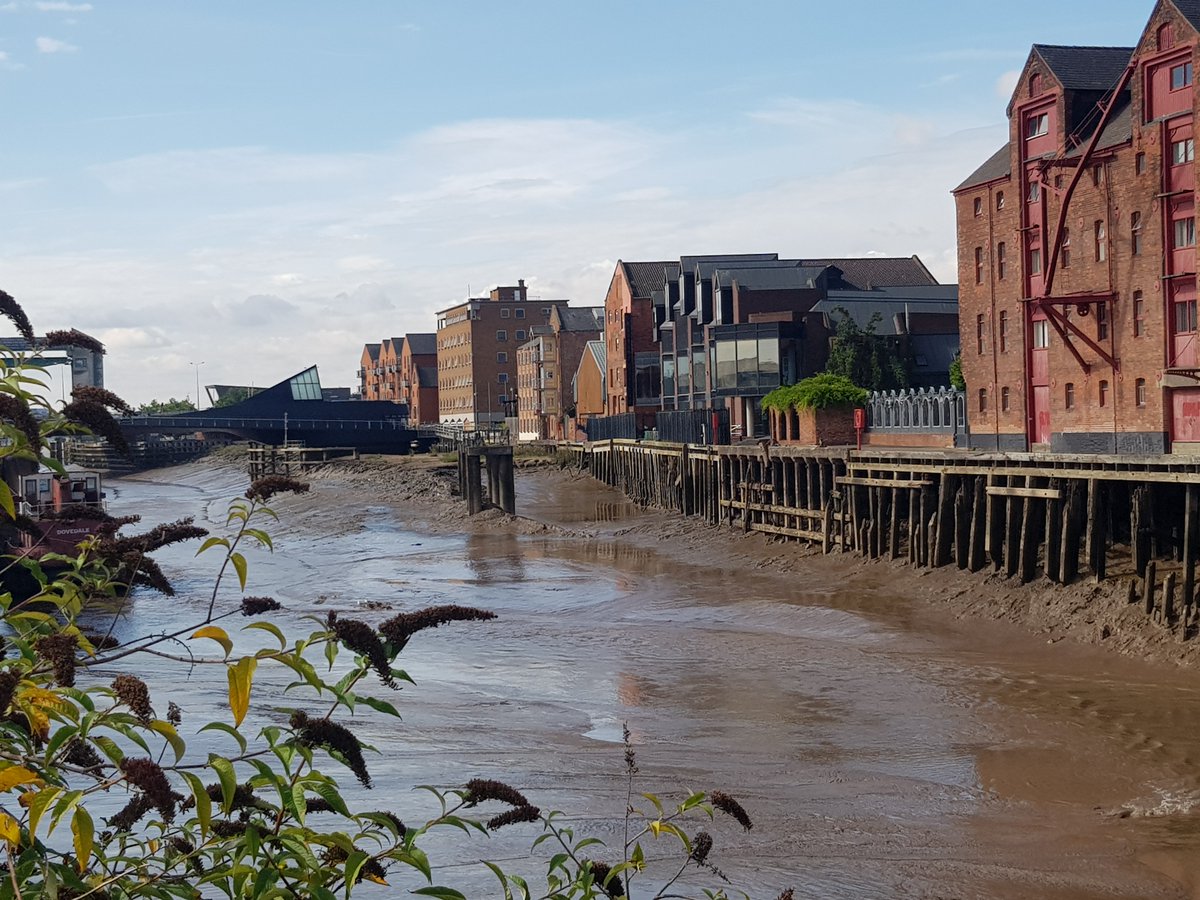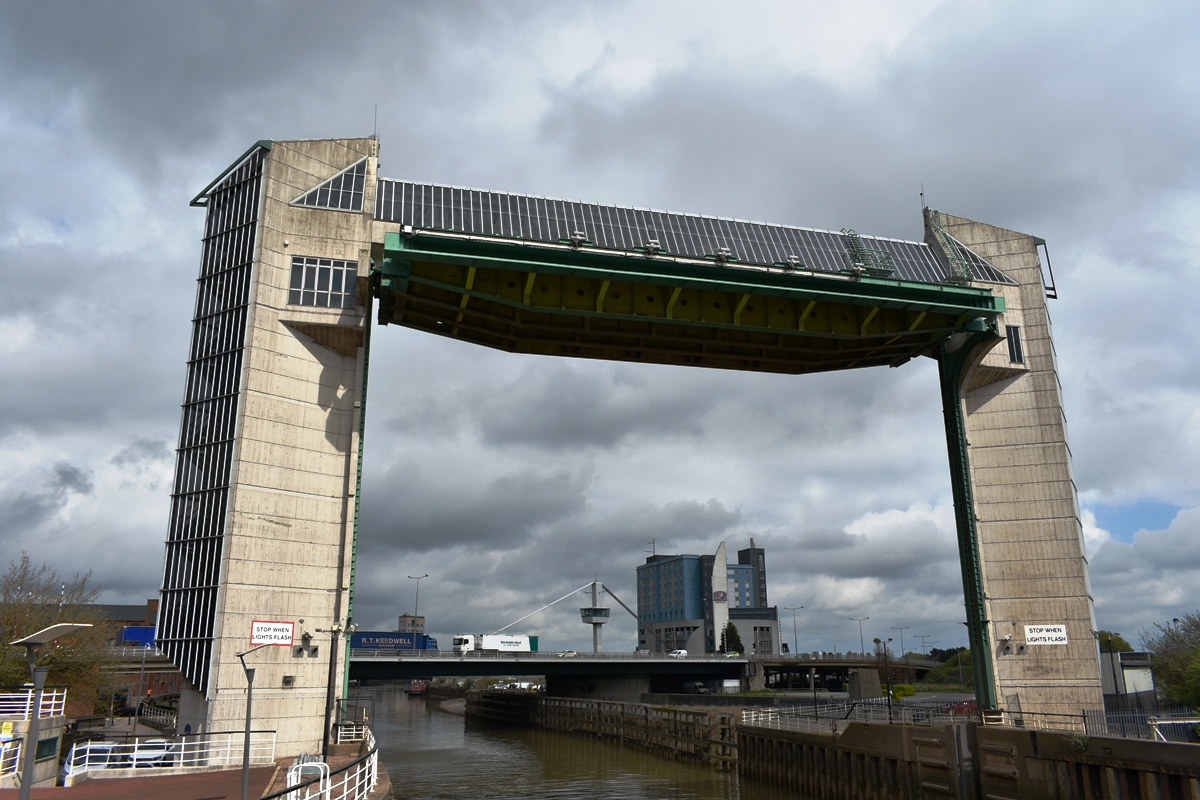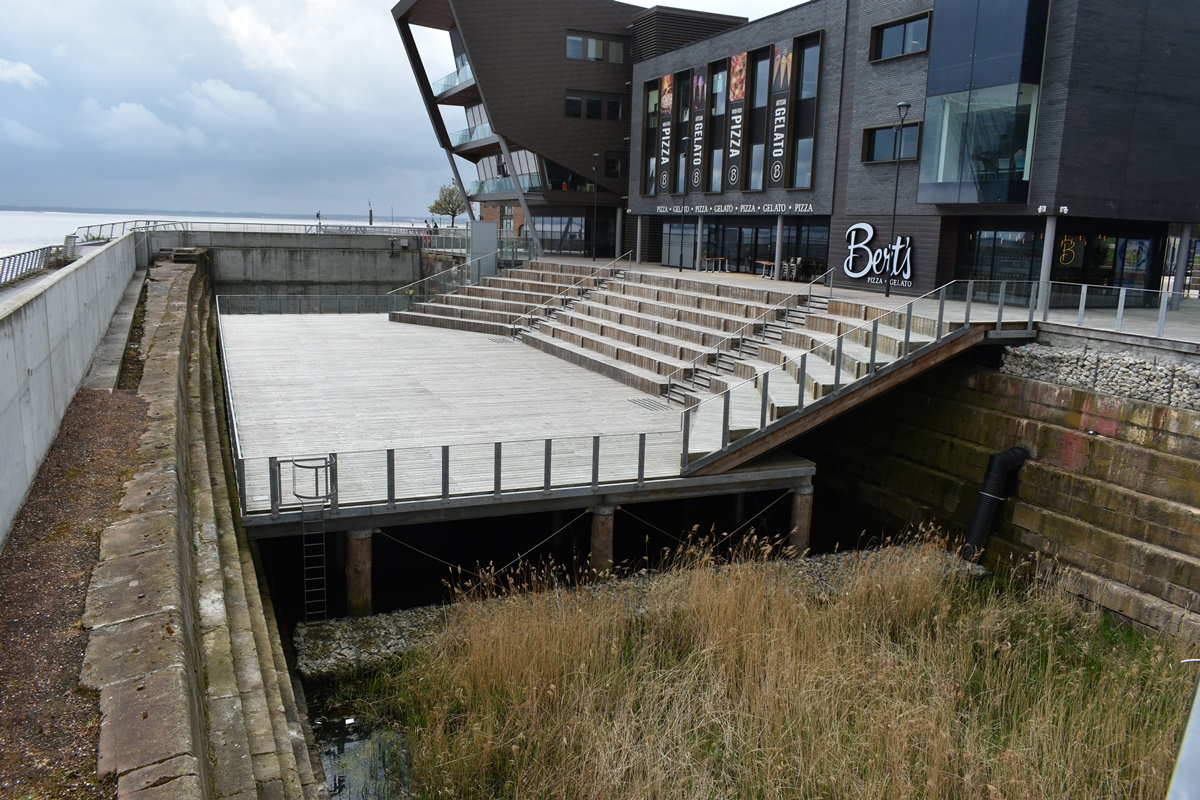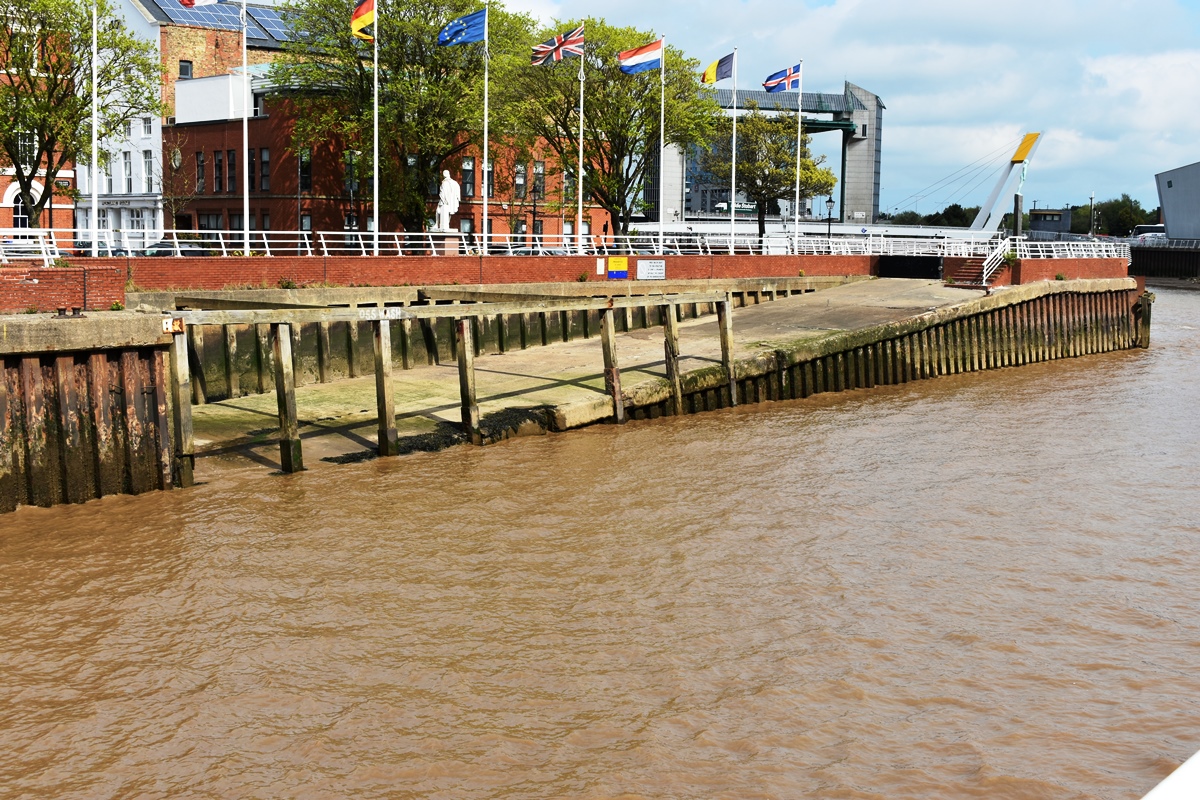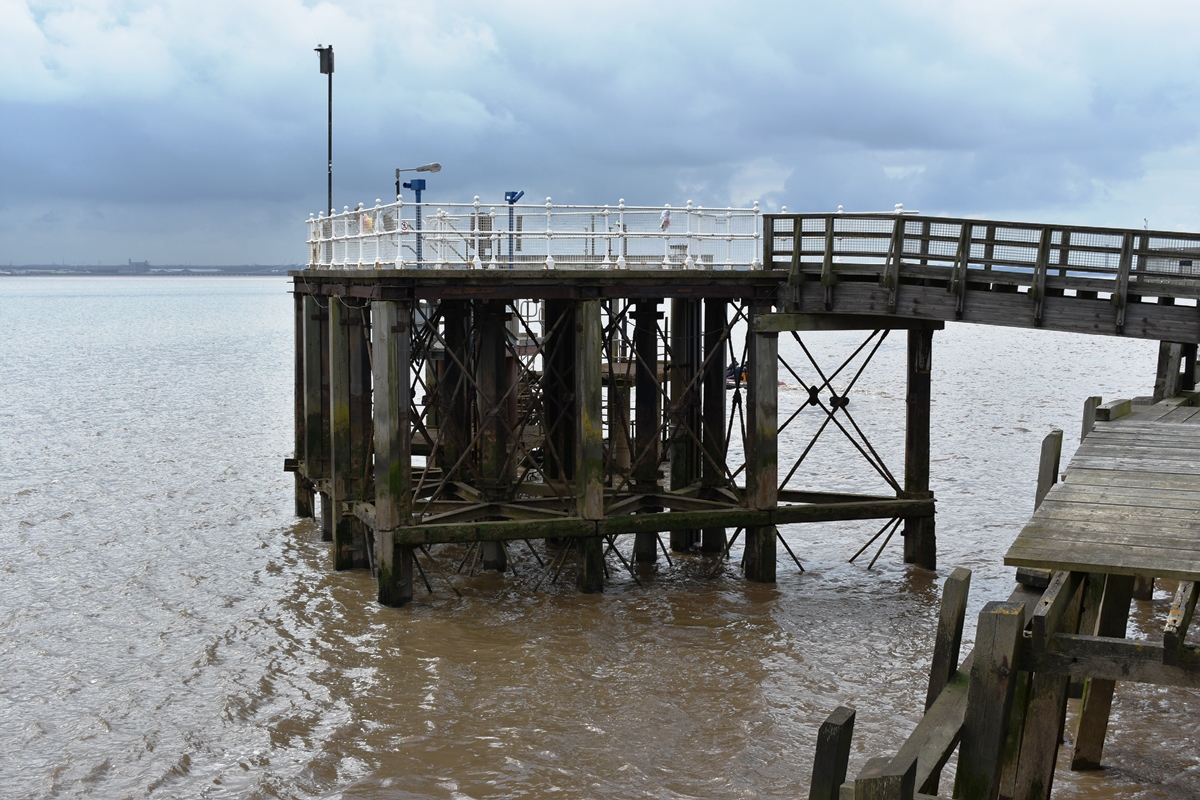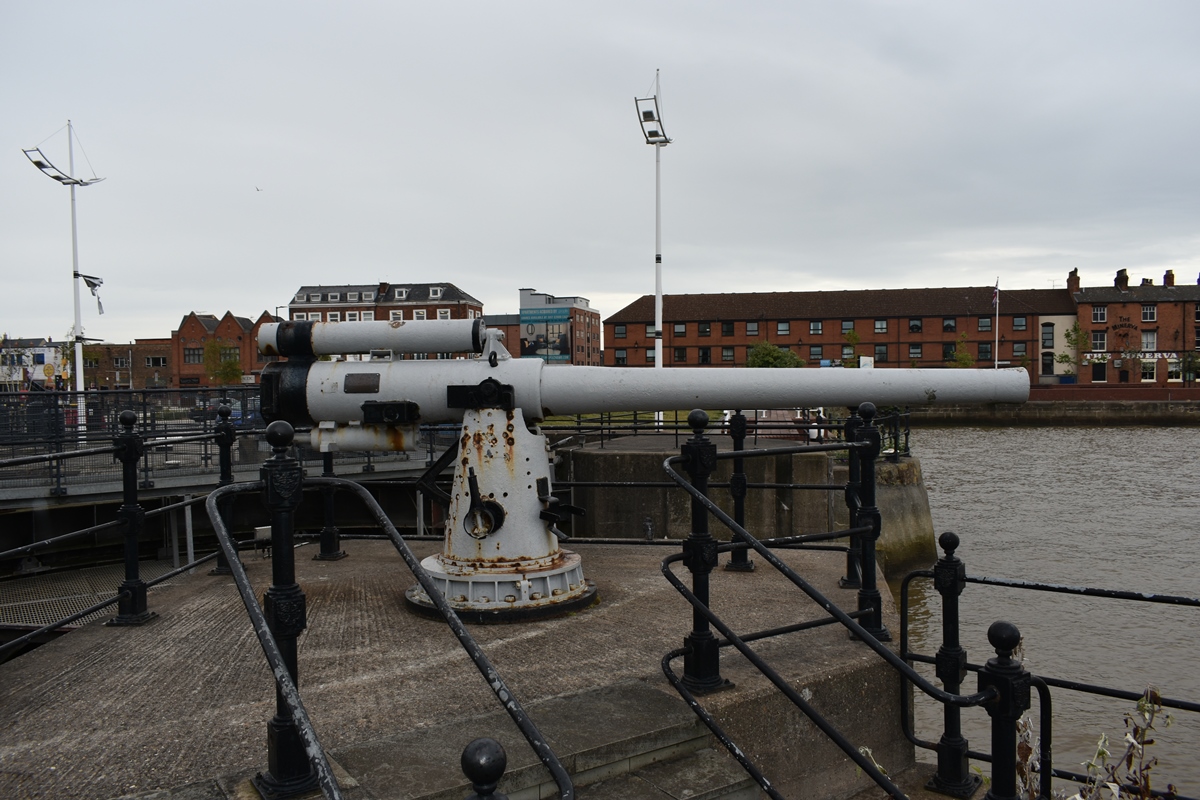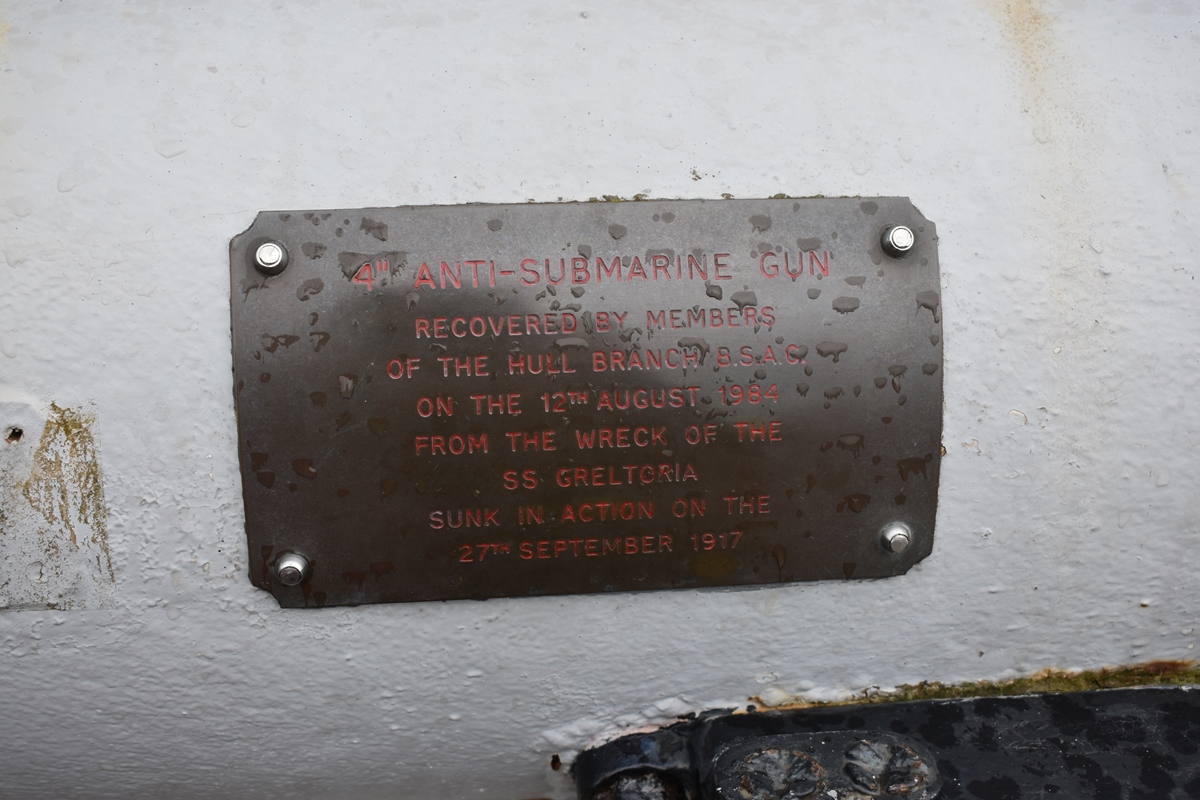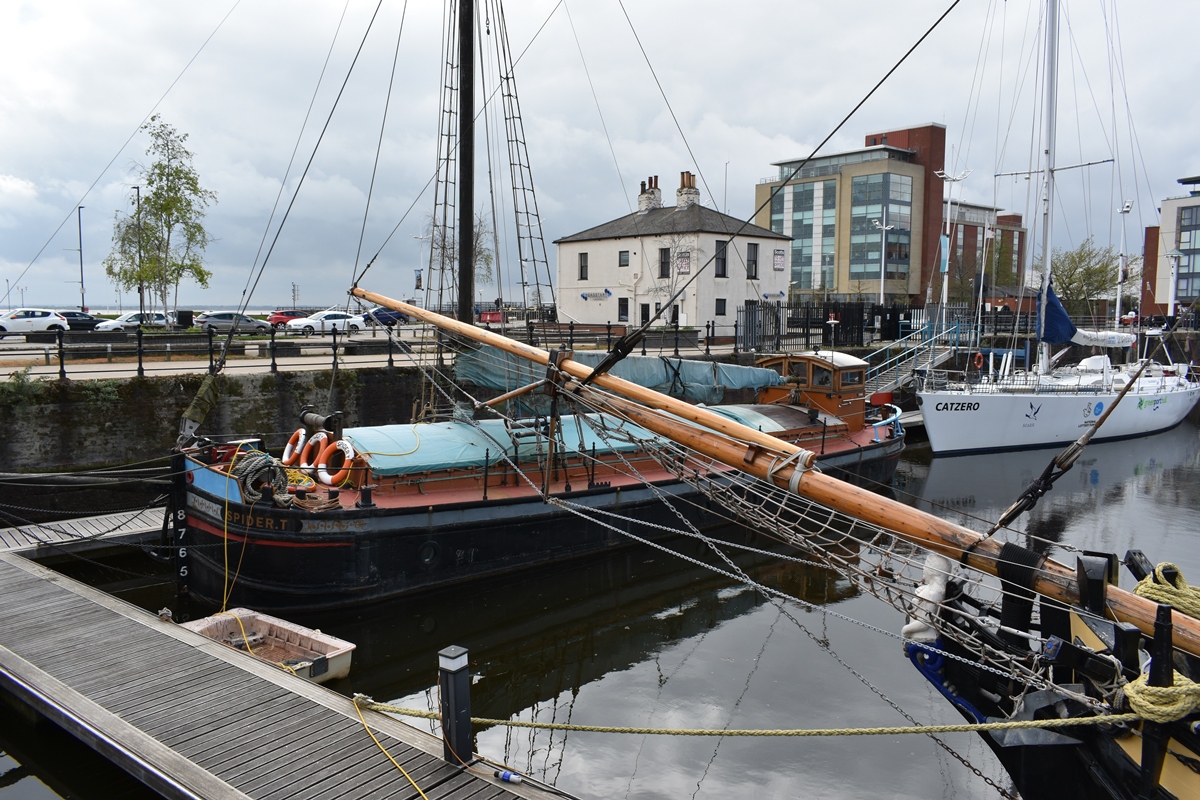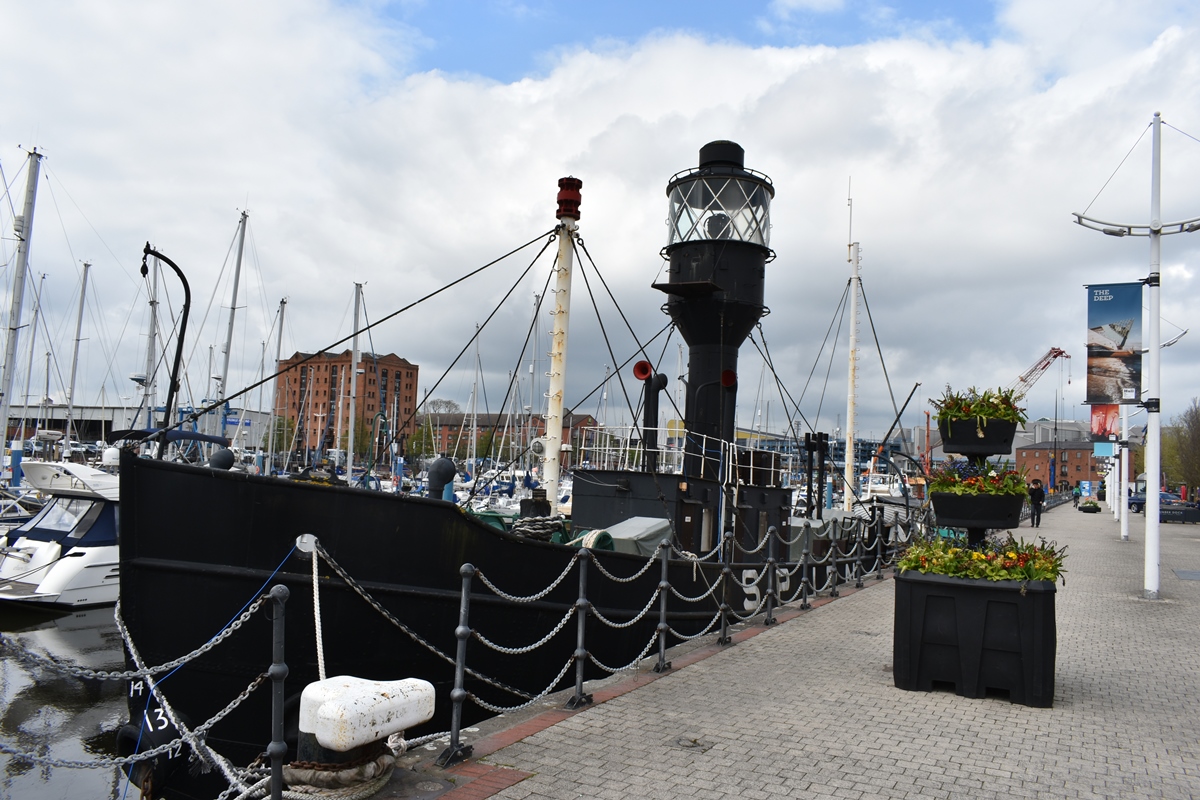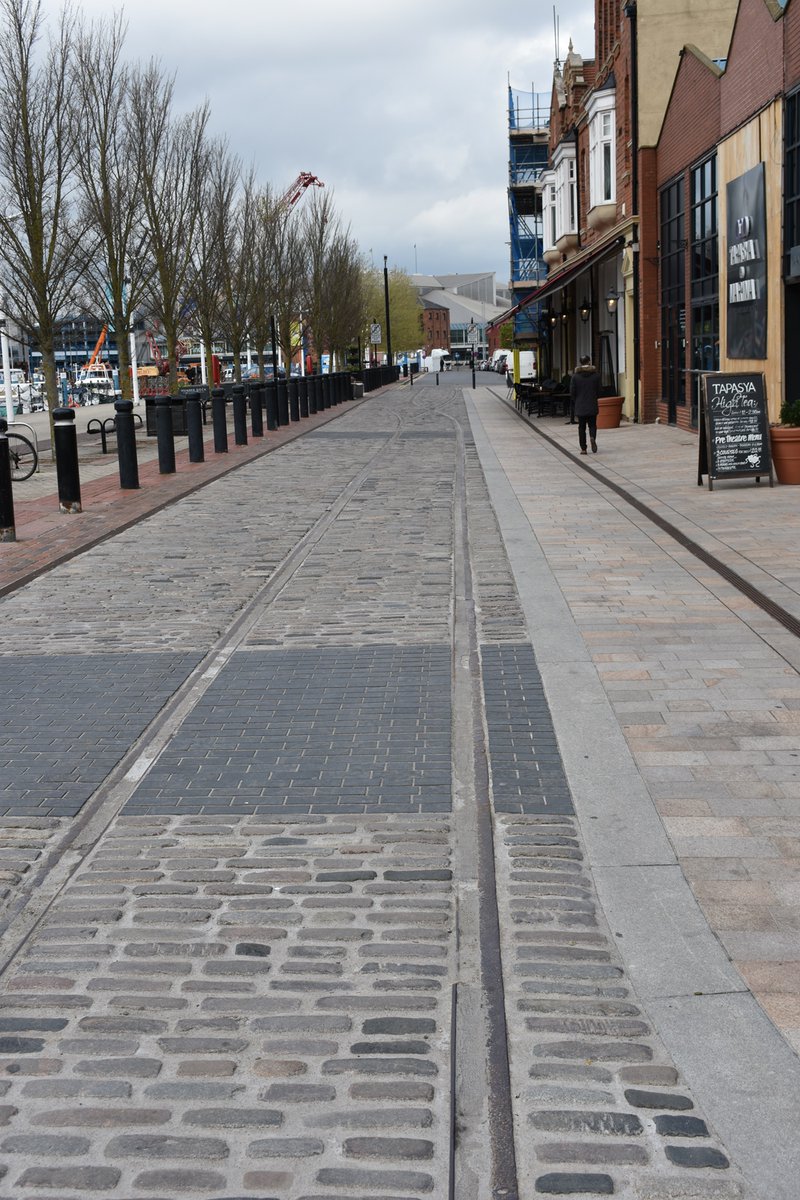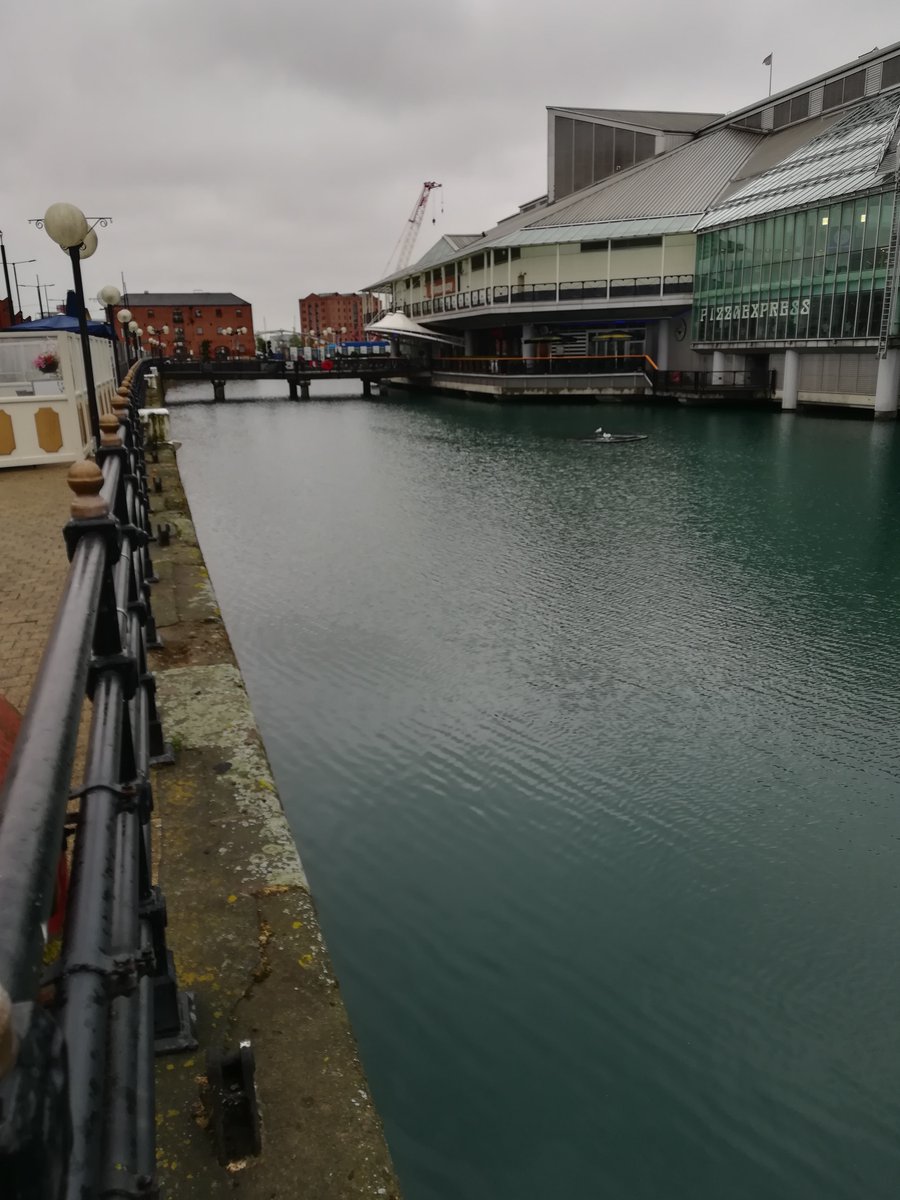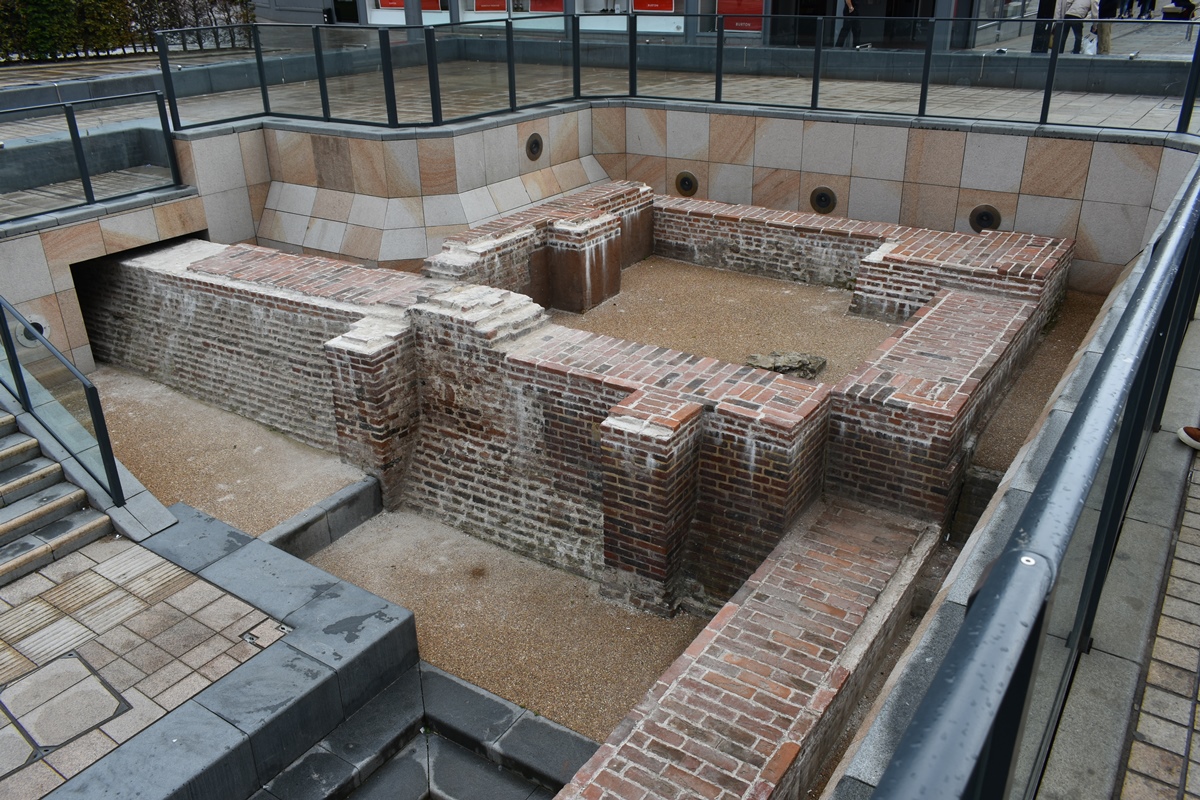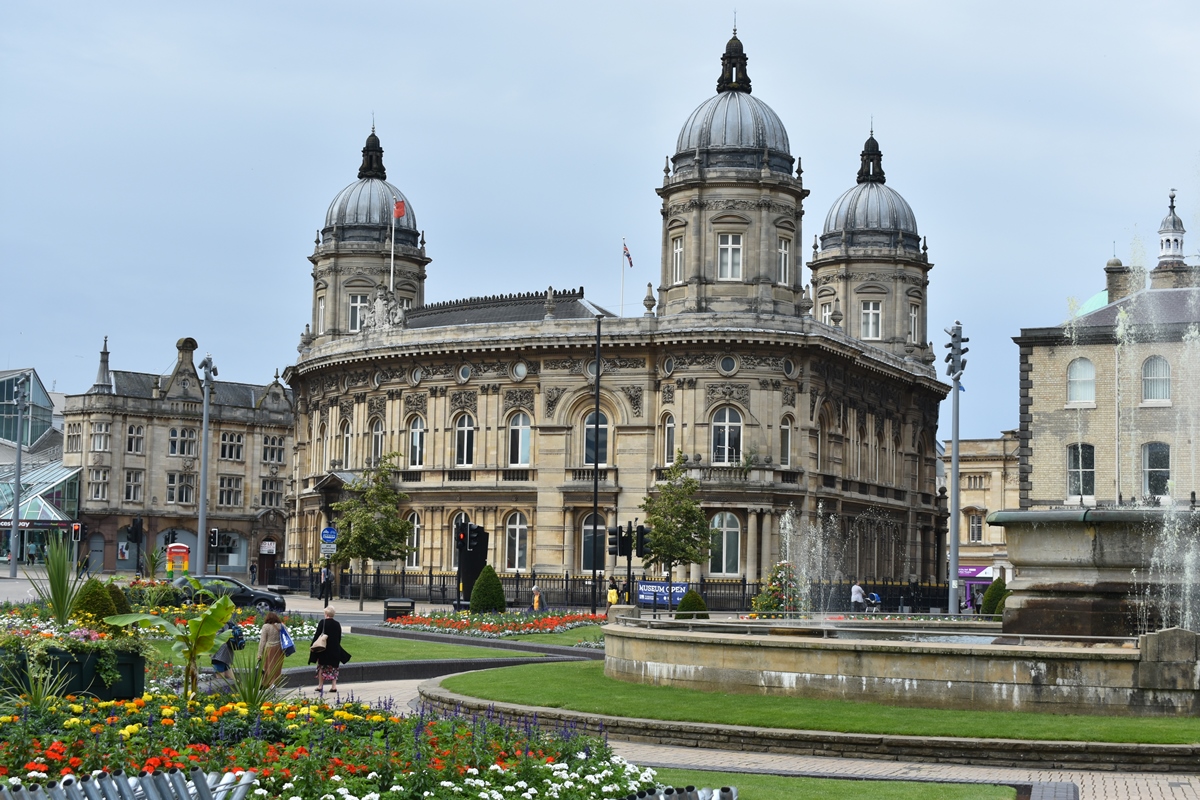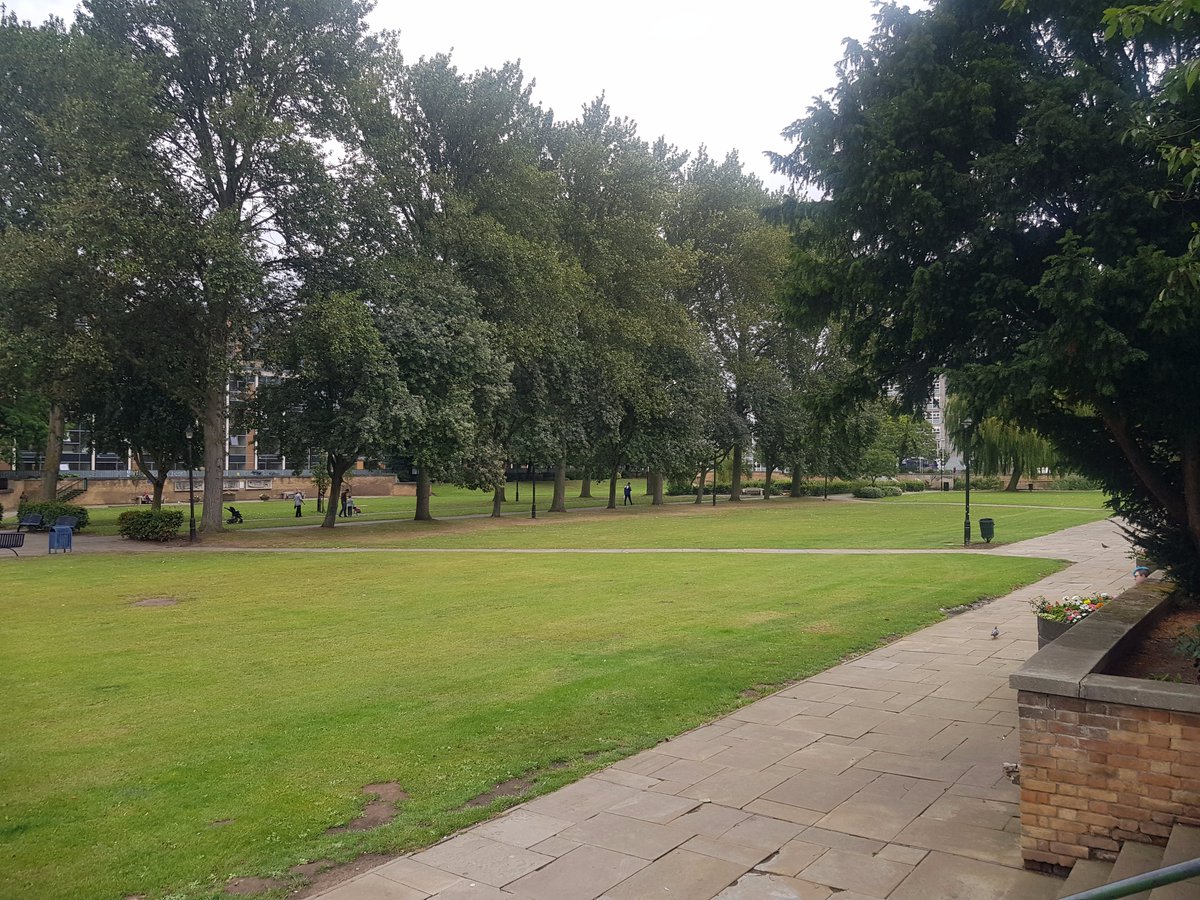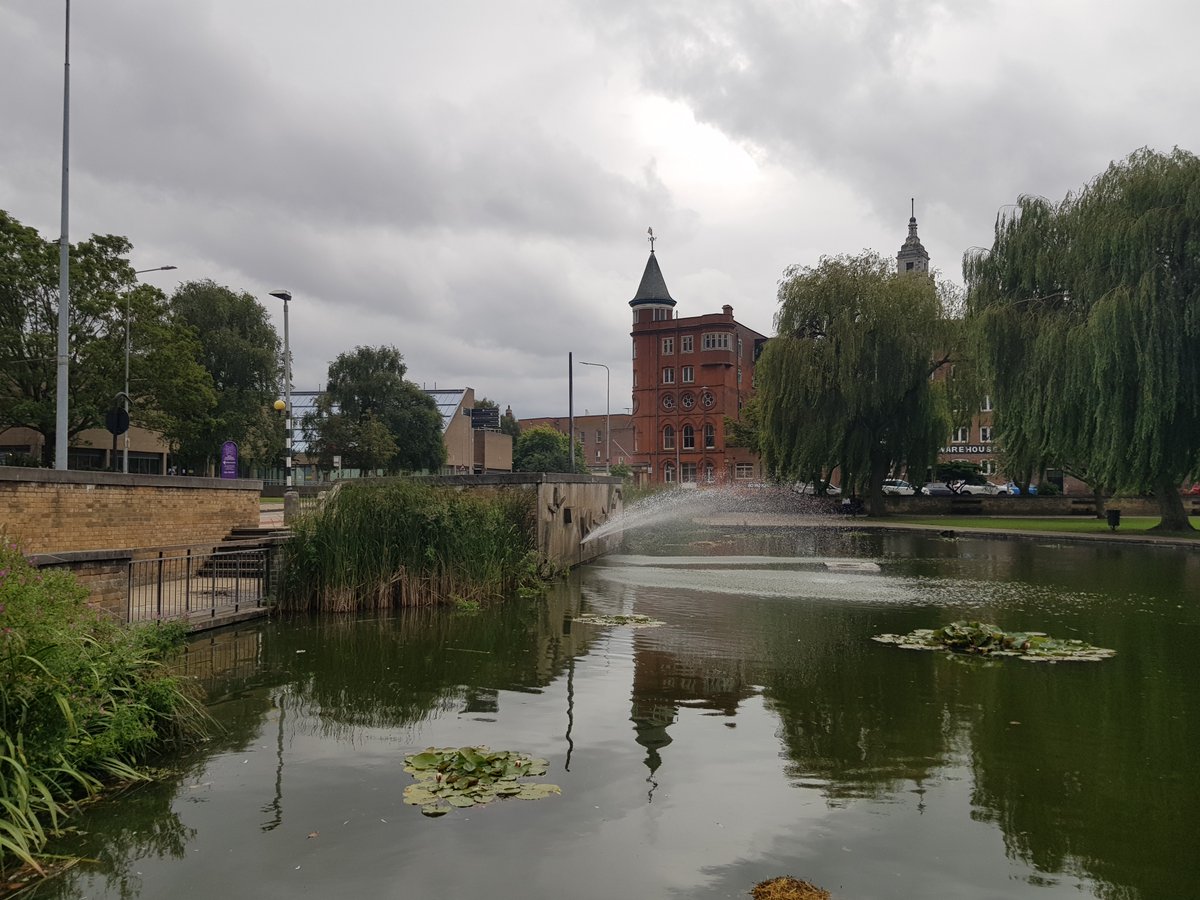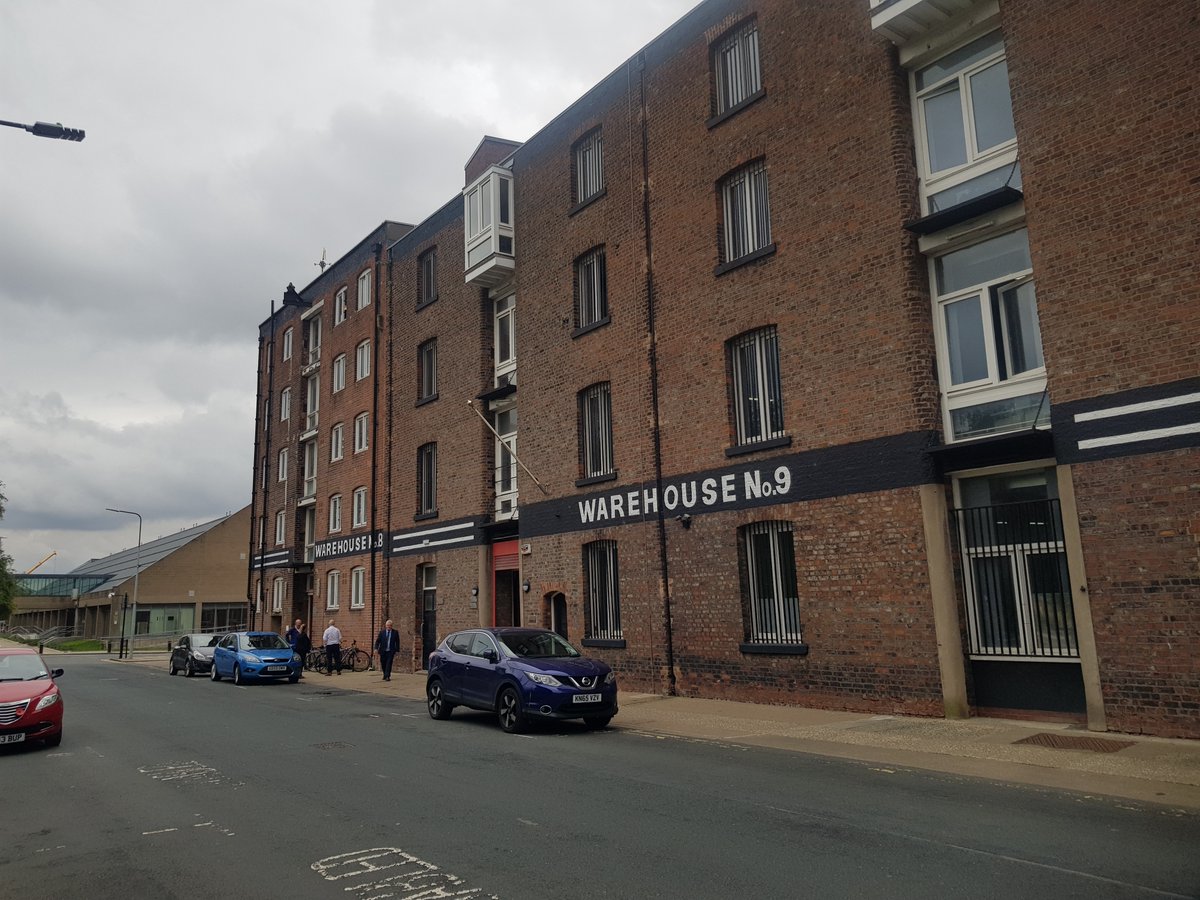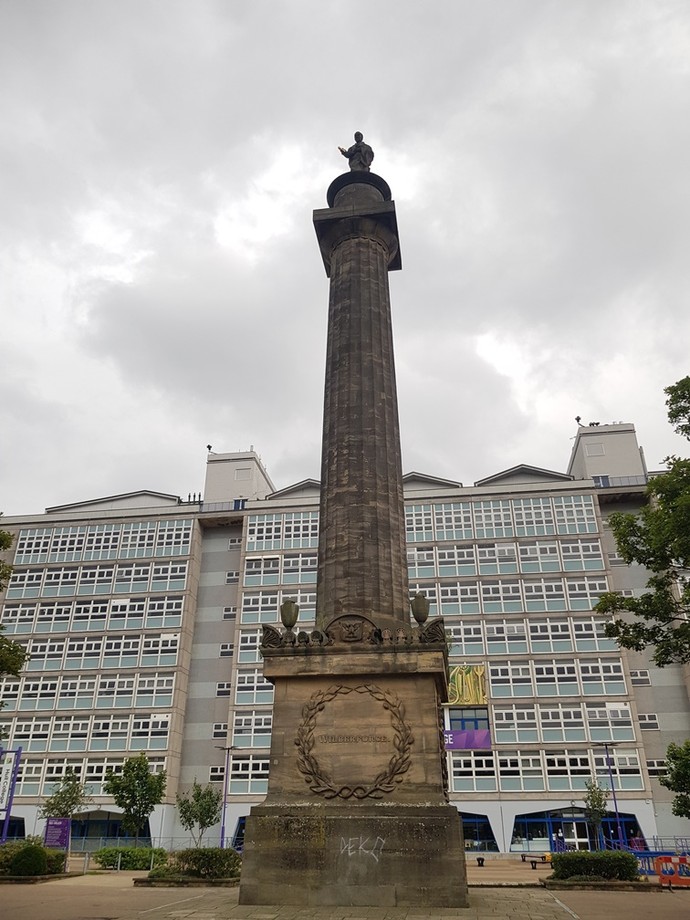It’s Friday so time for another virtual #LowTideTrail #archaeology walk! Today we’ll take a Twitter based tour of Hull. Join us to learn about the city’s maritime past and its urban archaeology #HumberDiscovery
The site of the Hull and East Riding Museum, was once the site of a custom house. Deliberately located close to the River Hull, it proved difficult for custom officials to assess cargo due to the large numbers of boats moored there. Hull was well known for not paying exise duty.
Hull’s fishing industry can be traced back to the 12th century. In 1160, the Monks of Meaux Abbey, at Wawne near Beverley, were granted the right to fish in the estuary and the open sea outside the mouth of the Humber by King Henry II. Find out more here- https://www.thinglink.com/scene/1303667005517201409">https://www.thinglink.com/scene/130...
Believe it or not, the River Hull is still navigable for 11 miles. The river has been central to the development of the city from its early origins in the 13th century up to today. The River Hull Tidal Surge Barrier was opened in April 1980 to control tidal surges and high tides.
Dry docks are central to the construction and maintenance of ships. Hull Central Dry Dock was opened c. 1820 for Gleadlow’s Shipyard to facilitate the construction of wooden ships. The dry dock was extended in 1875 to allow repair of larger iron hulled vessels. It still survives.
This 19th century horse wash, or & #39;oss wash& #39;, was once an integral feature of the docks of Hull. The horse wash was used to bring working horses from the nearby docks and markets down to the banks of the Humber so they could be cleaned and watered.
Before the #HumberBridge, ferry services had operated across the Humber for over 600 years. The modern Humber Ferry operated between Victoria Pier and New Holland from 1825 to 1981, bringing people across the Humber. The service’s paddle steamers are still fondly remembered.
SS Greltoria was sunk on 27 September 1917 on its maiden voyage. Attacked by a German submarine, the vessel sank just off Flamborough Head.
The gun was salvaged on the 12 August 1984. Greltoria is listed in the 1917 casualty returns on the @LR_HE archive- https://hec.lrfoundation.org.uk/archive-library/casualty-returns">https://hec.lrfoundation.org.uk/archive-l...
The gun was salvaged on the 12 August 1984. Greltoria is listed in the 1917 casualty returns on the @LR_HE archive- https://hec.lrfoundation.org.uk/archive-library/casualty-returns">https://hec.lrfoundation.org.uk/archive-l...
Humber Dock, now the Marina, was the first dock accessed directly from the Humber. Although the dock is now used as a marina, the surrounding area retains much of its dockside fixtures. You may spot a Humber Keel or the Spurn Lightship docked in the Marina https://www.citizan.org.uk/interactive-coastal-map/5336">https://www.citizan.org.uk/interacti...
Dockside railways were common in docks across the UK. Humber dock was no exception. The remains of the dockside railway have been preserved in the road surface around the Humber Dock, acting as a reminder of the dock’s inland transport links.
Junction (later Prince& #39;s) Dock opened in 1829 and cost £165,000 to build. The dock linked Old (later Queen& #39;s) to Humber Dock, allowing traffic to enter directly from the Humber. Built by the engineer James Walker, it covers 6 acres.
Beverley Gate was one of the main gates in Hull’s Medieval town walls. It was here that Sir John Hotham refused Charles I entry to Hull in 1642; the catalyst for the Civil War. Demolished between 1784-1791, the remains were excavated in 1986.
Designed by CG Wray, and opened in 1871, this was the third Dock Company office built in Hull. The first office of the Hull Dock Corporation was established in Trinity House, Posterngate, in 1773. The building incorporates many maritime elements and is now the Maritime Museum.

 Read on Twitter
Read on Twitter